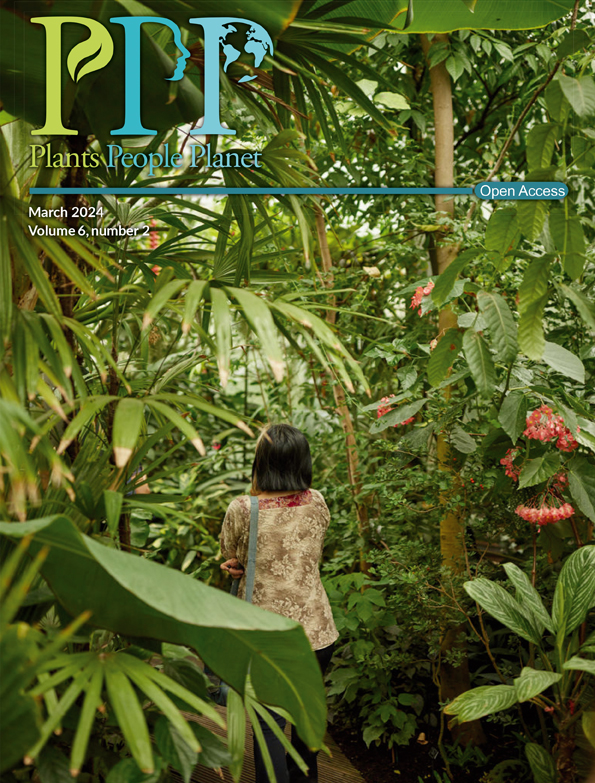Ver ítem
- xmlui.general.dspace_homeCentros Regionales y EEAsCentro Regional Patagonia NorteEEA BarilocheArtículos científicosxmlui.ArtifactBrowser.ItemViewer.trail
- Inicio
- Centros Regionales y EEAs
- Centro Regional Patagonia Norte
- EEA Bariloche
- Artículos científicos
- Ver ítem
Genomic responses to climate: Understanding local adaptation in the Andean tree species Nothofagus pumilio and implications for a changing world
Resumen
Nothofagus pumilio is a foundation tree species that inhabits a 2000-km-long range in the southern Andes, a region with two perpendicular environmental gradients: temperature and photoperiod (North–South), and precipitation (West–East). We investigated local adaptation patterns by searching for relationships between environmental clines and signatures of adaptation in candidate genes related to stress response, growth, and phenology. Using a paired site
[ver mas...]
Nothofagus pumilio is a foundation tree species that inhabits a 2000-km-long range in the southern Andes, a region with two perpendicular environmental gradients: temperature and photoperiod (North–South), and precipitation (West–East). We investigated local adaptation patterns by searching for relationships between environmental clines and signatures of adaptation in candidate genes related to stress response, growth, and phenology. Using a paired site sampling design within a landscape genome analysis, we analyzed 493 adult N. pumilio trees in 20 sampling sites across the species' latitudinal range. We screened 47,336 single nucleotide polymorphism (SNP) loci in 1632 contigs (i.e., coding regions along the genome). Population structure and genetic diversity analyses preceded four genome scan analyses using genetic and environmental data. Population structure and genetic diversity are mainly oriented along the latitude axis. Genome scans identified 445 outlier SNPs, which are loci showing signatures of selection. Temperature and photoperiod variables were associated with notably more outliers than precipitation. However, the most frequent biological functions among genes were water deprivation response and cold response, suggesting that stress response is comprised of complex and polygenic traits that are affected by many environmental variables. Our findings suggest that N. pumilio shows signatures of local adaptation to extant climate conditions, including temperature, photoperiod, and precipitation. However, climate change is likely to alter existing relationships among environmental conditions to which this species is currently adapted. These changes may have unpredictable consequences for the species' future survival, adaptation potential, and the people who depend upon these forests.
[Cerrar]

Autor
Sekely, Jill;
Marchelli, Paula;
Arana, María Veronica;
Dauphin, Benjamin;
Mattera, Maria Gabriela;
Pastorino, Mario Juan;
Scotti, Ivan;
Soliani, Carolina;
Heer, Katrin;
Opgenoorth, Lars;
Fuente
Plants, People, Planet : 1-19. (First published: 12 March 2024)
Fecha
2024-03
Editorial
Wiley
ISSN
2572-2611
Formato
pdf
Tipo de documento
artículo
Palabras Claves
Derechos de acceso
Abierto
 Excepto donde se diga explicitamente, este item se publica bajo la siguiente descripción: Creative Commons Attribution-NonCommercial-ShareAlike 2.5 Unported (CC BY-NC-SA 2.5)
Excepto donde se diga explicitamente, este item se publica bajo la siguiente descripción: Creative Commons Attribution-NonCommercial-ShareAlike 2.5 Unported (CC BY-NC-SA 2.5)


